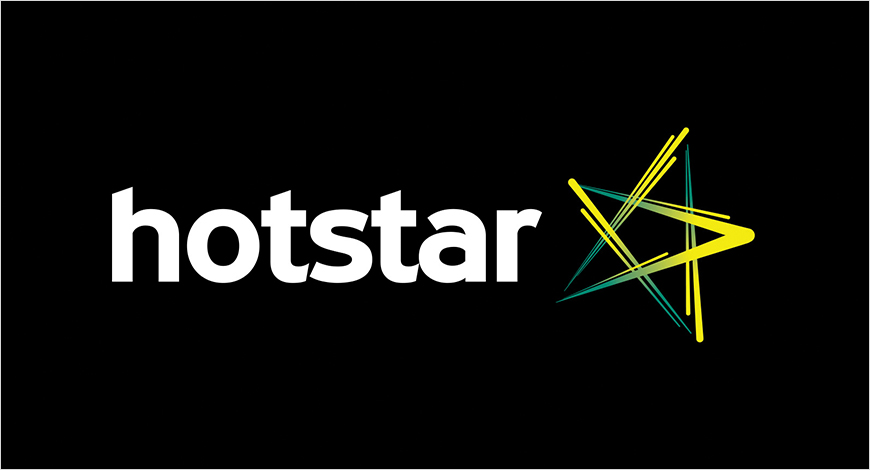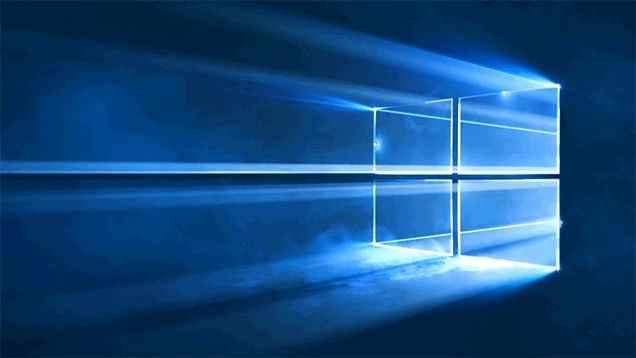Apple continues to refresh its product lineups in 2020, which it started last year along with introduction to new apple services as a response to falling iPhone sales. Lesser number of iPhone are selling globally since smartphone industry is facing a slowdown worldwide with major markets like US reaching saturation point. With a reliance of more than
60% of total revenue on iPhone sales simply means Apple had to renew its old products and give people another reason to go and buy those to keep up-to expected quarterly figures.
One such product is iPhone SE, a refresh to original version launched in 2016. Apple made this phone possible by replacing brains of iPhone 8 by Apple's most powerful chip till that date (A13 Bionic). One other cosmetic change to make it distinguishable from iPhone 8 is to move that Apple logo (on the back) down to center.
There are both demand and supply side justification for this new iPhone launch. Looking at demand side, people who can't get along new drastic changes with ever-evolving design, holding back to old iPhone and are in need of familiar hardware and software experience to upgrade, now have an excellent option in form of this is new iPhone. It can also be a good buy for first iPhone experience and such people are generally who are on android side of world, held by hefty price tag on new iPhone. iPhone SE is indeed a special edition phone because profit from each piece of iPhone sold is gonna be comparable to more expensive iPhone. This is possible in case of iPhone SE since Apple don't need to spend on R&D, a major cost factor for any other iPhone. Apple is seeking benefits of proprietary processor and already available design and production assembly of iPhone 8.
Despite being a silent launch amid pandemic crisis, this phone started creating a lot of buzz among smartphone enthusiasts and reviewers and that's all because of it being cheapest iPhone model with starting price of $399 in US. This new phone was very well received by online publications in US, in spite of packing an age old hardware and design, citing all improvements Apple's A13 Bionic chip brings like improved raw computing power, next-gen HDR processing for photos and power efficient processor for better battery life. All this but more importantly highlighting that a brand like Apple which is generally associated with premium product and pricing, now has compelling option in smartphone under $400. Viewers around the globe having built same opinion on this new iPhone after going through these reviews. This can create a serious problem, since not every region is like US when it comes to smartphone market.
Consider case of world's second largest smartphone market - India. Compared to US, a buyer in India will have to spend 40% more to grab a starting model of this new phone i.e. 42.5 K Indian Rupees. When keeping in mind that average selling price of phones in India is still less than $160, a phone which is targeted as semi-premium mid-range option in US becomes a premium option in India. This high price also becomes unnoticeable when price war is prevalent in budget and semi-premium smartphone segment and there are several tempting options in android world like OnePlus 8.
If someone had bought entry level variant of iPhone 8 in India, back at its launch in 2017, it had set him back
64 K Indian Rupees. This was back when only original iPhone SE and iPhone 6S were being assembled in India. In Mar 2019, Indian Govt. had approved Wistron's Rs
5000 Cr investment proposal to setup a mega-factory. This was big boost for Make India as newer iPhone models like iPhone 8 were getting ready to be manufactured in India. Indian made variant of original iPhone SE and iPhone 6S were around 40% cheaper compared to importing from other country. Going by same figures and local manufacturing of new iPhone SE since it is essentially a revised iPhone 8, iPhone SE could have started at a price around 38 K Indian rupees.
A 50% hike in GST on smartphones (from 12% to 18%) accompanied with weak Indian Rupee especially during pandemic crisis are a few reasons behind a price tag which otherwise could have been much more tempting for smartphone enthusiasts. Apart from these reasons, there are other possible explanations which focus on market demographics, product placement and pricing strategy.
Two Chinese players dominate Indian smartphone market with a combined market share of
68% (as of Q4 2019) - Xiaomi, BBK Electronics. There is an ongoing fierce battle among various brands of these two players to undercut opponent's product offering by releasing same or better spec'd product at lower price. Their short term objective to sell as many phones as possible by keeping low profit margin, is to built a loyal user base for their long term aim to be leading Internet company.
Apple has same long term objective but it's approach is different. Apple is never going to compete in this price war because it can't afford to lose it's reputation of being a premium company by selling cheap hardware. Apple is patiently waiting for time when purchasing power of young population in India is going to be like that of China, where most people who can afford to buy an iPhone can also spend on services . Till then, Apple will always want people in it's next biggest market (India) to perceive that owning an Apple product is symbol of power, luxury and excellence. Currently, even if Apple prices their phones somewhat lower (than what are they today) in India right now , they will not only miss out on profit margins but also won't get people who can afford to spend on subscription based services on it's platform.
Due to a 5 year long software support and many Indians preferring Apple's age old hardware over latest tech in similarly priced Android phones, Apple is able to sell their very old models in India for many years. This gives it a good opportunity in highly price sensitive Indian market to earn surplus from first degree price discrimination .i.e. keep reducing selling price over years to make product come under purchasing power of more people.
Talking about challenge in post's title, the challenge is not to compete by putting up a android phone with this year specs and design but to do same as what Apple did with its iPhone 8. Android OEMs stand no chance to accept this challenge because they know they won't be able to sell one-tenth of sales of this iPhone since they will be competing in vast pool of latest spec'd Android phones.












/cdn.vox-cdn.com/uploads/chorus_image/image/62406408/jbareham_180405_1777_facebook_0003.0.jpg)
